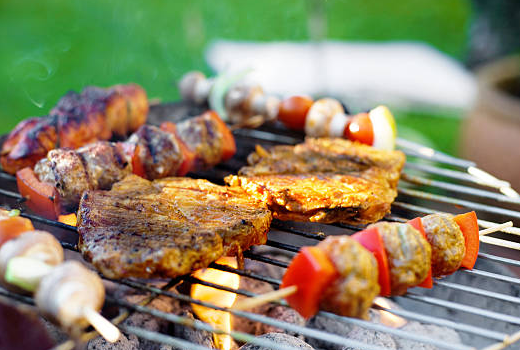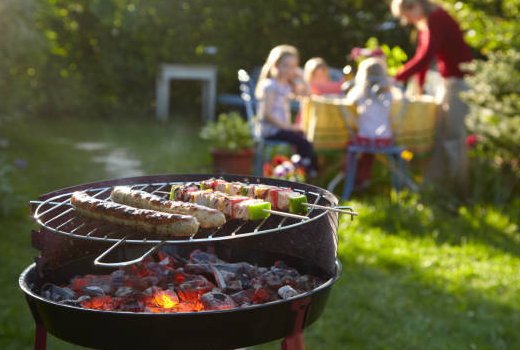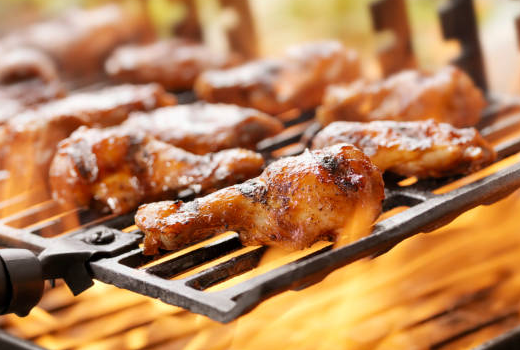The Most Important Grilling Technique, No Exception

Discover the Perfect Snack: Planters NUT-rition Healthy Mix Pack
May 14, 2025
Freeze Peaches to Enjoy Classic Summer Flavor All Year Long
May 16, 2025Whether it’s grilling meat or vegetables, the ideal outcome is a crispy, browned exterior with the rich flavors developed by the Maillard Reaction and Caramelization, while the interior reaches the perfect temperature to stay tender and juicy. Aside from microwaves, most of our cooking methods involve applying heat to the surface of food first, then letting that heat transfer into the interior. This is why we need to treat the exterior and interior separately.
One common problem when grilling is cooking too fast and too hot, often burning the exterior while leaving the inside undercooked. In many cases, slow cooking at a low temperature is better. But the best method is to start with low heat, cooking slowly, and then once the inside of the food is close to the desired temperature, switch to high heat for a quick sear. This allows the exterior to undergo the Maillard and Caramelization reactions. This key technique is known as reverse sear.
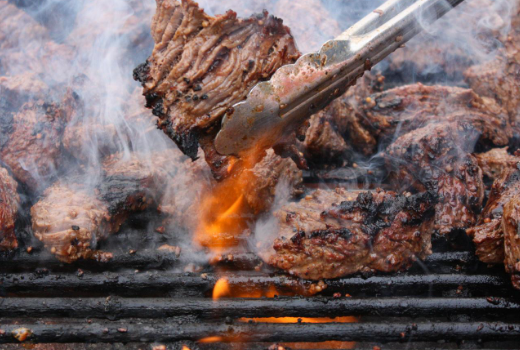
When to Use High Heat for a Quick Sear?
Thinner cuts of meat, such as skirt steak, asparagus, and shrimp, are ideal for high heat because they cook quickly. High heat quickly sears the exterior to achieve browning without overcooking the interior.
High heat searing means cranking up the grill and placing the food as close to the heat source as possible. This allows infrared radiation to work most effectively on the food. When using high heat, typically keep the grill lid closed (whether you’re using a charcoal or gas grill, most have lids). Closing the lid allows the reflected heat to cook the top of the food and helps distribute heat more evenly to the interior. If the lid is open, the heat primarily comes from the bottom, giving the surface a quick “sear.” However, because of the high temperature, you’ll need to flip the food often.
When to Use Low Heat for Slow Cooking?
Thicker cuts of meat or vegetables require slow cooking at a low temperature. Otherwise, even if the exterior is charred, the interior will remain raw. Meat contains a lot of water (over 70%), and water is a poor conductor of heat, so the heat takes longer to penetrate the inside of the food.
Lowering the temperature and closing the lid ensures that only a small amount of heat accumulates on the exterior, giving the heat ample time to reach the center. Low and slow cooking is especially effective for tougher cuts with a lot of connective tissue, like brisket, pork shoulder, or ribs. With prolonged low heat, the fat melts and the connective tissue softens. Another advantage of low and slow cooking is that salt has enough time to permeate the food, resulting in seasoned meat all the way through.
To cook low and slow, an essential technique is the two-zone setup. This gives you an indirect heating area with gentle convection heat circulating around the food, as well as a direct heat area for searing.
Mastering Two Key Temperatures:
You’ll need to experiment on your grill to master the indirect zone at two different temperatures — 107°C (225°F) and 163°C (325°F). At 107°C, you can slow-cook with indirect convection heat, which is great for ribs (like the ones Fredi makes in House of Cards). At 163°C, you can crisp up chicken skin. Mastering these two temperatures will allow you to grill a variety of foods perfectly.
When to Use Both Techniques? (Reverse Sear)
For a 5 cm (2-inch) thick steak, if you want it medium-rare, the ideal internal temperature is 54°C (130°F). Cooking at 107°C will get you a perfectly even internal color, but the problem is that it won’t develop browning on the surface. The solution for thick steaks, chicken, and even potatoes is to use both methods: first low and slow, then high and quick. This is known as the two-step cooking method or reverse sear. By cooking the interior and exterior separately, you achieve the perfect temperature for both.
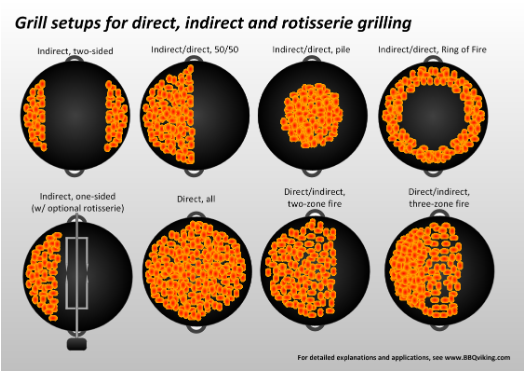
First, set up your grill for a two-zone setup, adjusting the indirect zone to 107°C (225°F). Place the steak in the indirect zone, and if you want, throw in some hardwood for extra smokiness (then close the lid). Slow cook, flipping the steak once or twice, until the internal temperature is about 7°C (12°F) below your target. A good instant-read thermometer is essential for checking internal temperatures. For a medium-rare steak, remove it when the internal temperature reaches 47°C (116°F). For pork chops, aim for 54°C (130°F), and for chicken, 66°C (150°F). Let the meat rest on a plate for a while. At this point, the interior is nearly done, and it’s time to sear the exterior with high heat.
Next, adjust the direct heat zone to the highest possible temperature. If your charcoal grill allows you to adjust the height of the coals, bring them closer to the grill grate. For a gas grill, turn the burners to high or turn on your sear burner (which can reach extremely high temperatures and is perfect for steaks, though only high-end gas grills have this feature).
Before searing, pat the meat dry with paper towels. Then place the dry side on the hottest part of the grill, keeping the lid open so that no heat reflects onto the steak from above. Don’t leave it on too long, or the internal temperature will start to rise. Flip the steak until the surface becomes a deep, rich brown (like bourbon whiskey color) and develops a crispy crust. If the internal temperature is 54°C (130°F), and the exterior has turned brown, you’ve got the perfect medium-rare steak.
For foods over 2.5 cm (1 inch) thick, using the two-zone, two-stage method is the key to achieving perfect results.

